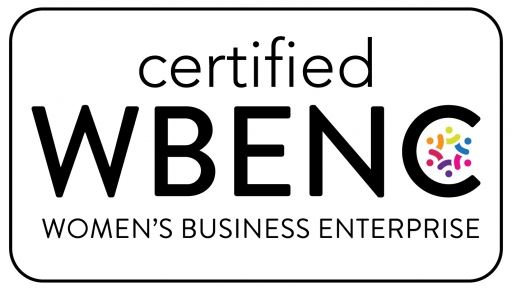Employees Aren’t Engaged; But There’s Hope
Did you know that nearly 5 million more employees are disengaged from their work than in 2023. According to Gallup, worker engagement is at an 11 year low. The steady rise in engagement coming out of the Great Recession in 2010 to Covid in 2020 has unwound.
Companies and managers are finding the current hybrid work environment to be challenging. The Garage Group isn’t alone. We’ve been experimenting with engagement driving tools for our own team. We’re finding some bits of success in our approaches.
We Get It
Like many of you, we’re always trying to fuel peak engagement. Our team is distributed across the Rockies, the Midwest and the Mid-Atlantic. We get hybrid work fatigue. Team members with fully charged batteries fuel our business. They help us hunt for unique brand strategy and new product innovation opportunities for clients with passion.
We find that it takes continuous intentionality to manage engagement. You must decide to be “here for it” and take action. It’s similar to the intentionality we take in partnering with our F1000 clients.
We’ve invested heavily in driving team engagement. We have a dedicated Head of People, Mary Allard. We do this because the work world has changed. Employee and managers’ needs have evolved. Thus, tools and approaches must evolve.

Why Engagement Falters
In the end, managers are responsible for engagement. They are tasked with keeping their teams connected. Managers aren’t alone in the challenge, though. Companies are their partners. They equip their managers with knowledge and necessary tools to drive engagement. Companies know that what drives engagement has changed.
Millennials and Gen Z have different workplace expectations than older generations. For example, Millennials / Gen Z are more likely to seek purpose in their work. Older generations look at work as simply a paycheck. Here’s a snapshot of the comparison:

Plus, Gen Z especially looks at work purpose being about daily interactions. According to Gallup, “60% of Gen Zers who identify as a happy person say they do something interesting every day, compared with 28% of those who generally don’t feel happy.” Managers and companies must consider how to fuel employee happiness. Otherwise, they may choose to quiet quit or leave.

Meet Wellness Bingo
We do our best to practice what we preach. TGG invests heavily in its people because we know how important it is to maximize engagement. We’re especially interested in having happy employees.
In Q1 this year, we focused on fueling our team’s wellness. We didn’t just say, “Hey everyone! Take a walk or be sure to spend time with family and friends.” Rather, we used Wellness Bingo cards to help them action wellness.
You’ll see that intentionality doesn’t have to be grand or expensive. Wellness Bingo certainly is not. The action just needs to be thoughtful and fun.
Here’s how it worked. Recall, the objective of Bingo is to connect five spots in a row. Our Head of People, Mary Allard created the cards with activities. During Q1, we focused on mental wellness. Here’s the card:

We also incentivized completion, which is key. TGGers who completed it received Bonusly points which TGG uses to help drive team recognition.
Our team had fun with it! Did everyone complete it? No! But most people did. Was it easy? No! Everyone had to develop a clear action plan to complete the row.
We Bring This Energy Into Client Work
TGG is in the strategy, innovation, and insights business. More importantly, we’re in the people business. Our team is proud to partner with some of the biggest brands in the world. We need happy, engaged team members to deliver for our partners.
That’s why we do things like Wellness Bingo. It feeds how we lead. It influences how we work. It helps our company thrive. According to Quantum Workplace, 72% of HR and C-Suite leaders strongly agree that organizations with highly engaged employees have happy customers.
To be valuable to our clients, we need good people who show up with energy and enthusiasm to catalyze positive change. This in turn helps our clients feel more engaged and keep their brands relevant.


